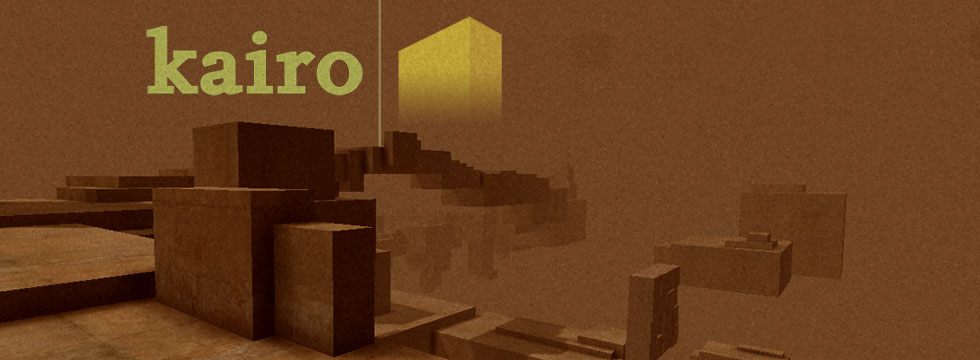
The cinematic introduction to the game sets up the time
period and which part of the world the player is in. The narrative further
accomplishes this with the use of dialogue while the cinematic plays. The architecture
we as the player see is clearly influenced in this part by Indian architecture,
during a conversation between the king and the man whom signalled the kings men
to attack, we hear him say "the maharajah treasures are hidden within".
The context in what he says further extends on the fact this is taking place
within India somewhere. Not long after this we are given control of the player,
these first couple of levels are a tutorial of how the game is to be played,
and gives the player insight into the main mechanics such as wall running,
jumping and how to navigate the obstacles. When the player has a moment where
it seems like a flashback the game is showing the player exactly what they have
to do to be able to advance to the next portion of the stage. From playing the
first couple of levels in the demo I found that the game tries to teach you
very early on that time will be important when it comes to make jumps from
walls runs or jumps in general. For example the very first time it gets you to
wall run you must wall run at the very peak of the ledge in order to make it to
the other side with a wall run. Unless you can complete this you will not go
further in the level. The architecture leans itself towards the way the game
plays as well, it contextualises where the player currently is but also makes
sense for how and where the player navigates within the level.

Thirsty?
Another part of
the game I found interesting was the idea of water replenishing your health,
being in a desert water is the epitome of life, I appreciated the symbolism in
its use to replenish the players health. The beginning of the game show cased
the games core movement mechanics as well as core game play mechanics like the
use of the time dagger. It doesn't wait to show the player as well to what it
can do, as soon as the player picks up the dagger, the next cut-scene shows you
the kind of power it has. I thought this was well placed as it was a brief
moment and was not dragged out. The game goes on to lead you through a tutorial
and how the battle system works, it is here that much more importance is placed
on the time dagger. The battle mechanic with the time dagger goes hand in hand
with its ability to be able to rewind time. The way the game handles this
mechanic is great as it displays that even though the time dagger is powerful
it still needs something quantifiable to be able to use it regularly. We are
also shown that the dagger not only rewinds time but also gives the ability to
slow enemies down. From what I have played the narrative of the game has come
before the game play, my reasoning for this is that everything that the player
is able to do is contextualised by the game world rather than the mechanics
themselves contextualizing the world around it. This could not be more clear as
to when you pick up the dagger for the first time, the player is not in control
of the first rewind rather the time rewind function of the dagger is in control
of the player.
Reference for Images
Image 1 http://i.imgur.com/cgc1W.png
Image 2 http://static1.gamespot.com/uploads/scale_super/gamespot/images/2003/reviews/540893-589721_20031209_003.jpg



